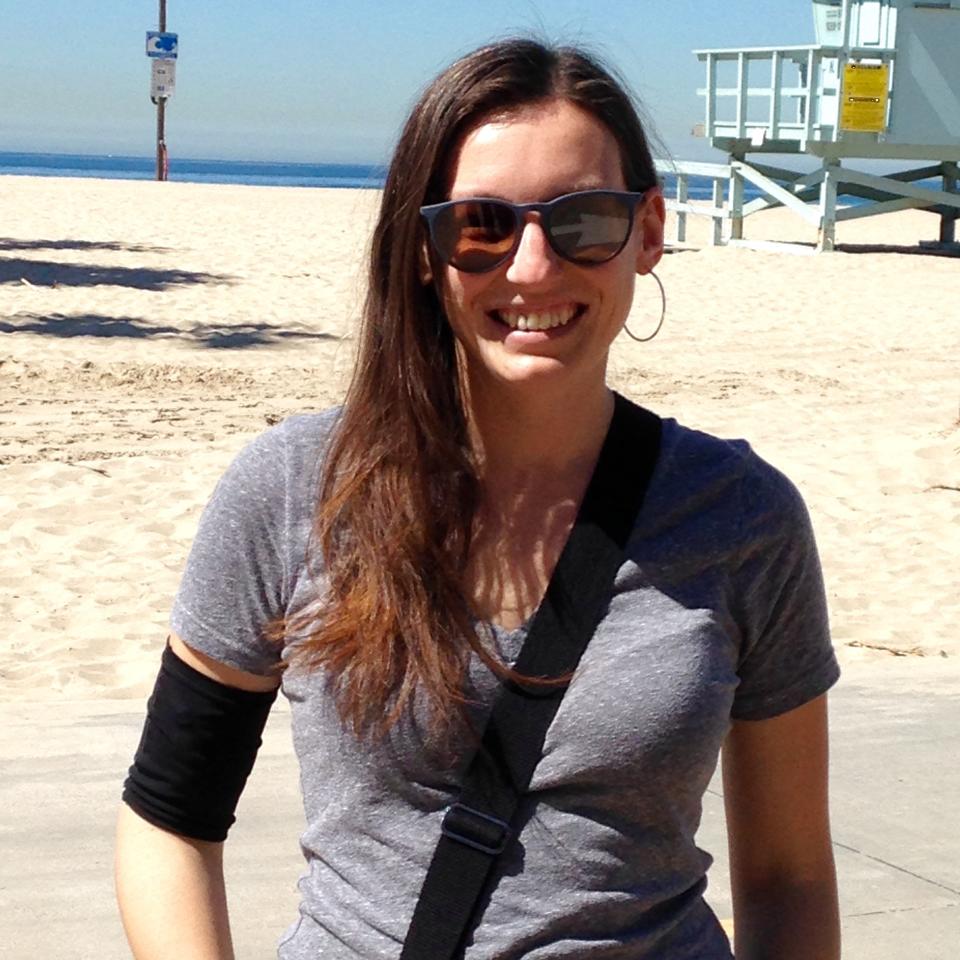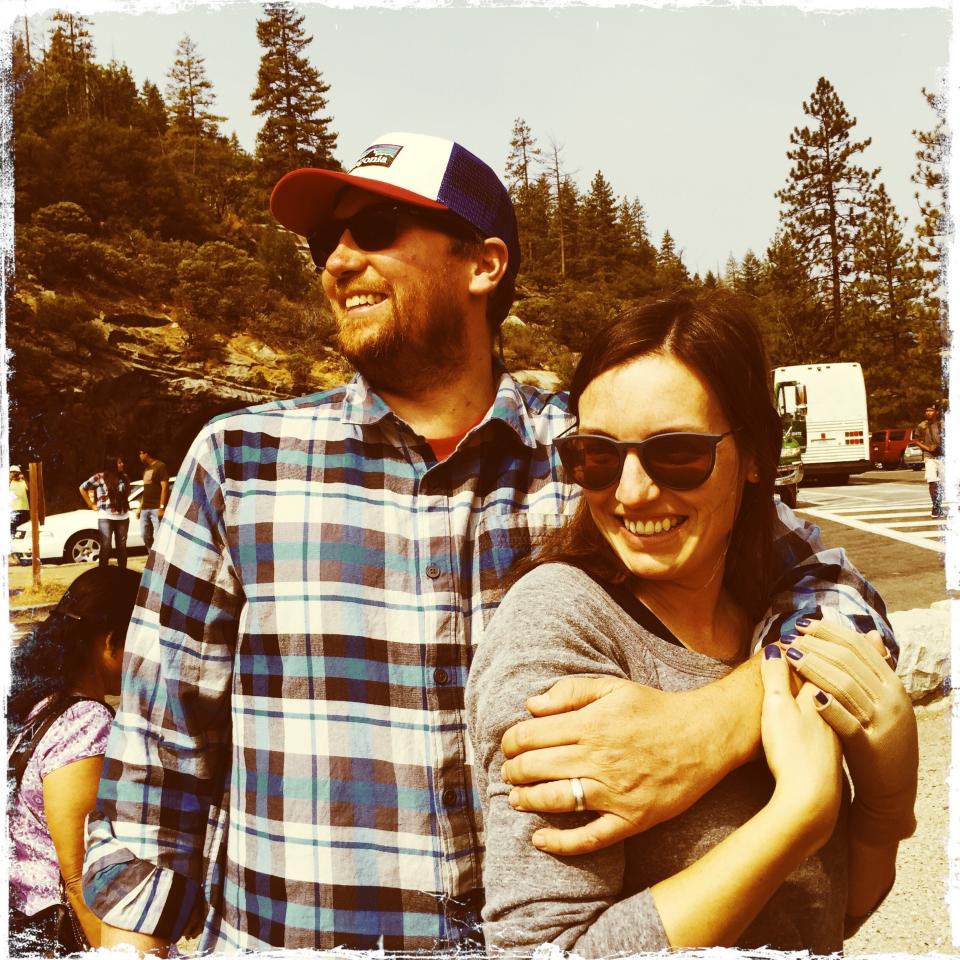Keeping My Hair Through Chemo Saved My Life
I’ve had long hair for most of my life. Through high school and college and motherhood and laugh lines, it has been a constant. For as long as I can remember, my hair has been tied in a long ponytail or cascading far below my shoulders, a security blanket I can drape close to my face when I’m feeling shy or a wavy mass I can flaunt when I’m feeling sexy. My hair is the reason one of my daughter’s favorite games is salon. When she was a toddler, we would sit on the couch together and take turns doing each other’s hair. I pinned her wispy locks back with barrettes. She twisted my hair into messy buns.
When I was diagnosed with breast cancer at the age of 35, there was plenty to worry about. Would I survive long enough to take my daughter to kindergarten? Would my sense of femininity disappear along with my breasts? Would my family ever recover if I did not? But amidst these pressing questions was one far more superficial but no less pressing in my mind: Would I have to say goodbye to my hair?
For as long as breast cancer patients have been prescribed chemotherapy, they have been left bald by the treatment. The reason is that some types of chemotherapy are indiscriminate. The drugs can kill cancer, but along the way they can also damage other rapidly dividing cells in the body, including hair follicles. This is why after just one or two intravenous chemotherapy treatments, many breast cancer patients find their hair falling out in clumps, clogging their shower drains and reminding them that they are sick—apart from the rest of the humans around them, abnormal, special in the worst way.
I was profoundly sad about the idea of going bald. At three, my daughter was far too young to understand the complexities of cancer, but hiding my disease would be impossible if I looked vastly different, if our salon game was no more. I also dreaded the idea of strangers knowing that I was a cancer patient—the sad looks and awkward conversations in the grocery line. The looks of pity from other parents at daycare pickup. I would lose so much to cancer. Did I have to lose my privacy too?
My doctor gave me a prescription for a hair prosthesis, also known as a wig.
But miraculously, I never needed one. Nine days before my first chemotherapy session, an email arrived in my husband’s inbox. “I look forward to helping your wife save her hair!” said the note. A week earlier my husband had written a company that makes specially designed “helmets” cancer patients can wear during chemotherapy infusions. Known as cold caps, these devices are filled with a gel cooled anywhere from 15 to 40 degrees below zero, which restricts blood flow to the scalp—and therefore the amount of chemotherapy that reaches it. The process sends hair follicles into a sort of dormant state, protecting them from the rampage of the chemo drugs. So-called scalp cooling has been common in Europe for decades and is increasingly available to cancer patients in the United States. I wanted in.
For $2,600 I rented a set of caps, freezing them before each of my six chemo infusions. During the sessions, my husband strapped them to my head as the poison that would ultimately save my life ran into my veins. A representative for the company taught him to stick a panty liner on my forehead during each infusion so I didn’t get frostbite on my bare skin. I bought a satin pillowcase to reduce friction on my head while I slept; I took biotin supplements; I washed my hair just once a week and only with cold water. I did everything I could to reduce stress on my hair.
A month into my chemotherapy treatment, my hair was thinner but still there. It looked and felt brittle, and my once-a-week washing regimen meant my scalp was constantly greasy. I didn’t look particularly great, but I also didn’t look like I had cancer.

Ironically, not looking like a cancer patient carries its own burdens. Since I had no bald head to announce cancer’s presence, friends and colleagues were stunned when I told them about the ordeal I was enduring. In an effort to reassure them, I found myself offering a slew of details about my diagnosis and treatment. Exchanges that might have been quick and supportive conversations often turned into Breast Cancer 101. I worried that, because I didn't have a bald head, people didn’t fully grasp the seriousness of the situation. I didn’t look like a cancer patient, so it must not be that bad.
Still, privacy had its advantages. A month before I was diagnosed with breast cancer, I had applied for a tenure-track job teaching journalism at a local university. My first interview took place a few weeks before I began chemo, but the final step in the process would be a two-day campus visit smack in the middle of it. I scheduled the visit right before an infusion, when I would feel least sick and most strong. Even though the university was fewer than 20 miles from my house, I booked a hotel nearby so I wouldn't wear myself out driving home and back between the two days of interviewing. At a dinner with faculty members, I only pretended to sip red wine, since it tasted like burnt metal to my chemo-destroyed taste buds. I hid my chemo arm catheter under a sweater, and I wore my hair down—a defiant symbol to remind me that cancer wasn’t running my life. Because I was not bald, no one suspected a thing. I got the job.
I was sick to my stomach in the days after each of my six chemo sessions. In addition to my scorched taste buds, the tips of several of my fingers had gone numb and my nails felt loose, as though they would break free at any minute. My eyebrows disappeared. I had a bloody nose at least once a day. But back then, if I didn’t tell you I had cancer, you didn’t know. Avoiding baldness had nothing to do with whether I would live or die, but keeping my hair meant that the broad outlines of my life—my relationship with my daughter, my career—stayed the same. Just by looking in the mirror, I could visualize a life after cancer.

Months after my chemotherapy and surgery, and three days after my final radiation therapy session, I walked into a classroom full of eager college students. This time I was delivering a lecture, but not about cancer.
Kate Pickert is the author of Radical: The Science, Culture, and History of Breast Cancer in America. Follow her at @KatePickert.
Originally Appeared on Glamour

